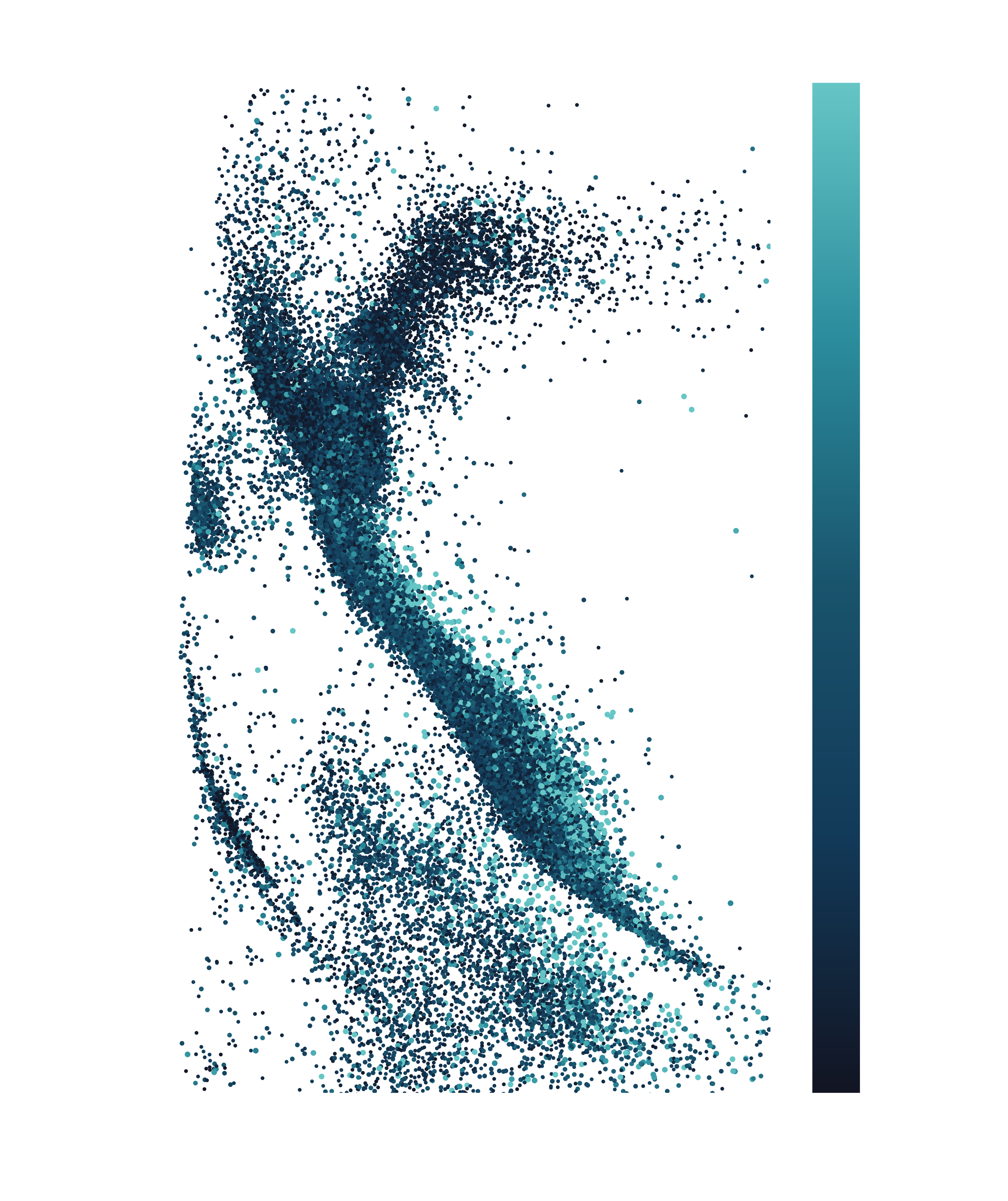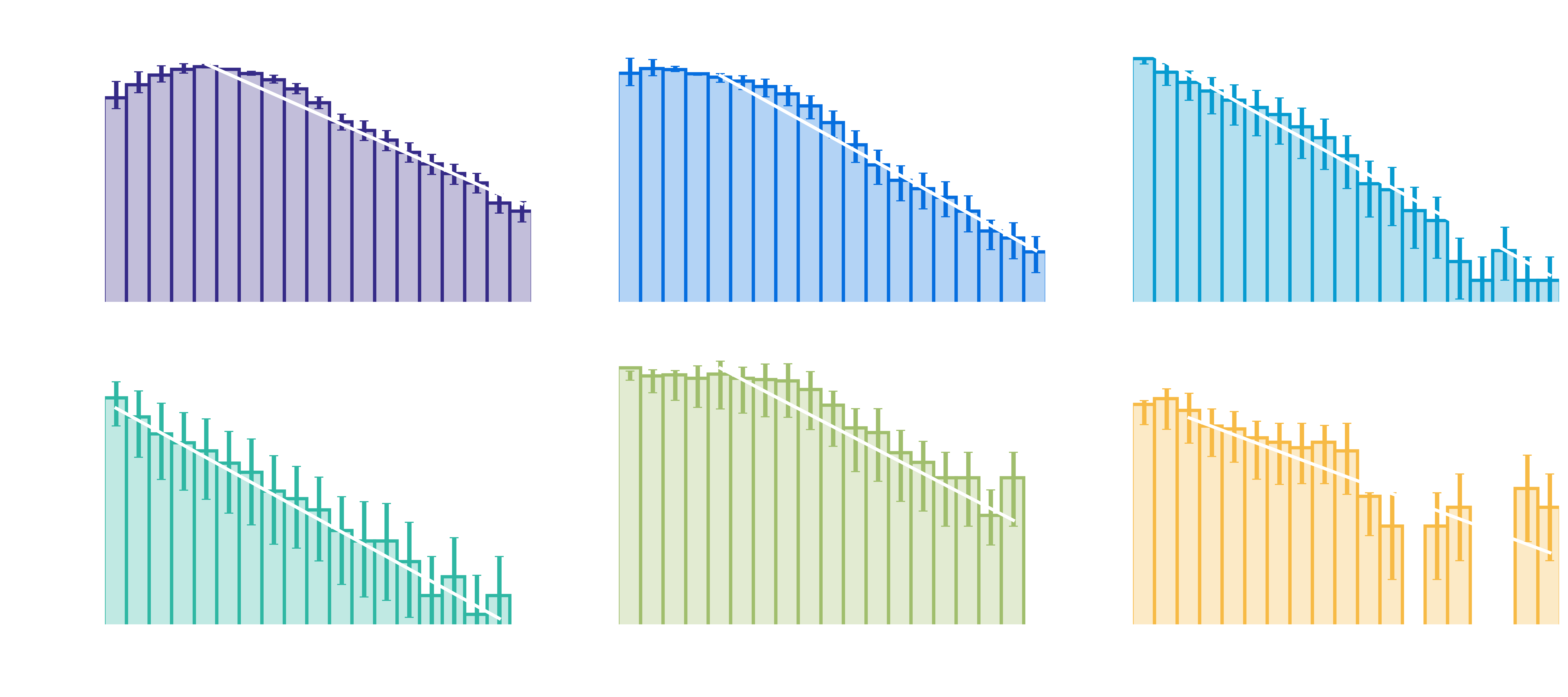The theory of self-organized criticality describes a class of dynamical systems which remain at a critical point with no intrinsic length or time scale (Bak, Tang, & Wiesenfeld, 1988). A simple model to see this critical point is a sandpile. Here, the length is the difference in height between neighboring sand grains and it helps to visualize the height difference as steps. When more sand is added to the pile, the pile increases and creates new height differences between neighboring sites (i.e. you make different height steps). When the additional sand grains cause the new height difference to exceed a critical slope, an avalanche event occurs. In this example, the slope of the sandpile, and the fact that post-avalanche the system returns to the same slope, is the critical value.
Self-organized criticality naturally manifests in a variety of physical systems including: forest fires (Turcotte, 1999), landslides (Bak, Chen, & Tang, 1990), neuroscience (Ribeiro et al. 2010), evolution (Bak & Sneppen, 1993), financial markets (Bak, Paczuski, & Shubik, 1997), and Conway's Game of Life (Bak, Chen, & Creutz, 1989) to name a few.



